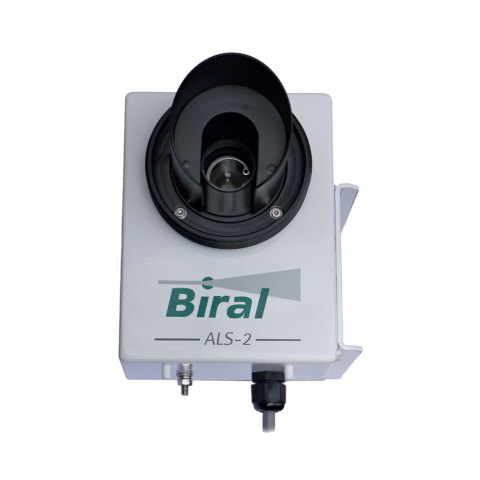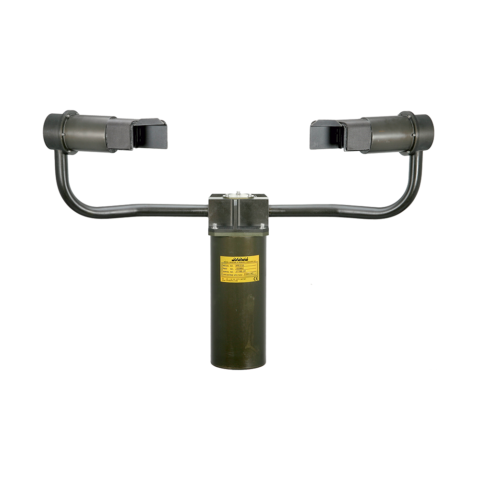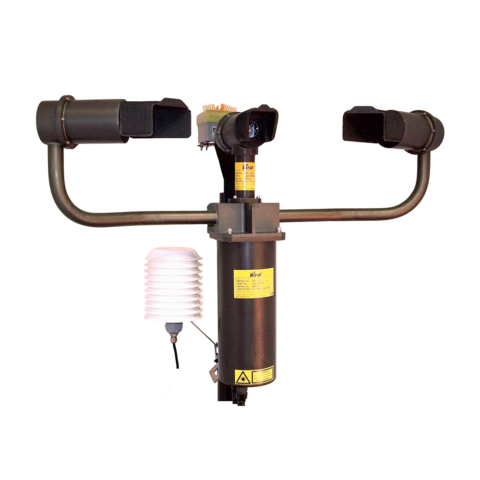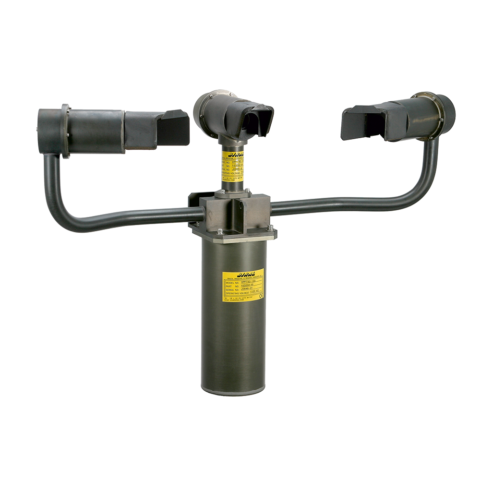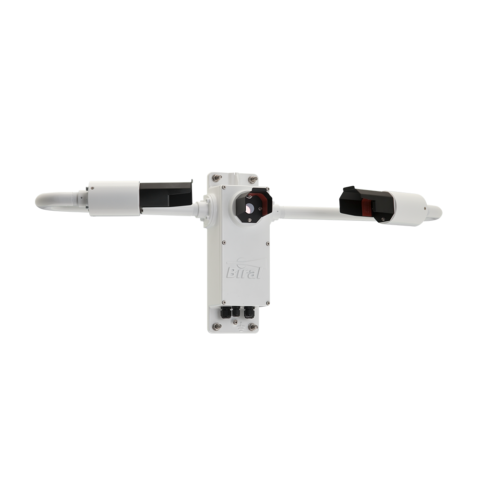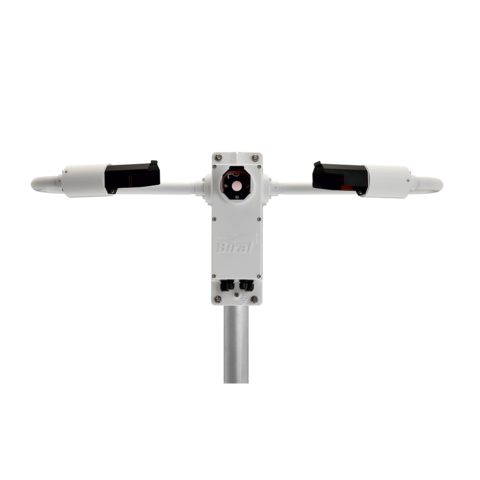The term Runway Visual Range or RVR refers to the estimation of the distance a pilot can see whilst approaching or departing from a runway. Historically RVR values were provided by trained observers stationed at defined locations on the airfield; these observers have now largely been replaced by automated systems due to cost and reliability considerations. To calculate RVR an automated system must measure the local visibility, the ambient or background brightness and the intensity of the runway lights. The calculation of RVR is described by ICAO publication 9328, Manual of Runway Visual Range Observing and Reporting Practices. ICAO 9328 details the requirements of the components of a RVR system and the data processing requirements. All Biral visibility and present weather sensors are compliant with the requirements of ICAO 9328, as is the ALS-2 Ambient Light Sensor which is used to measure the background luminance.
The accreditation of a RVR system is generally undertaken by an agency of the national government of the country where the system is installed. Such agencies often rely on a combination of international standards and local regulations when accreditation a system. Biral products are compliant with a wide range of internationally applied standards and regulations including EC Regulation 552/2004, ICAO Annex 3, CAP 746, ICAO Annex 5 and WMO 8 Part I Chapters 9 and 14. Declarations of conformity with a range of standards are available on request for Biral sensors.
Biral sensors are used in many RVR systems around the world from small independently operated grass airstrips to major international airports with UK CAA Category III (CAT III) approval. More information on the use of Biral sensors in aviation applications can be found in the Aviation Brochure.
